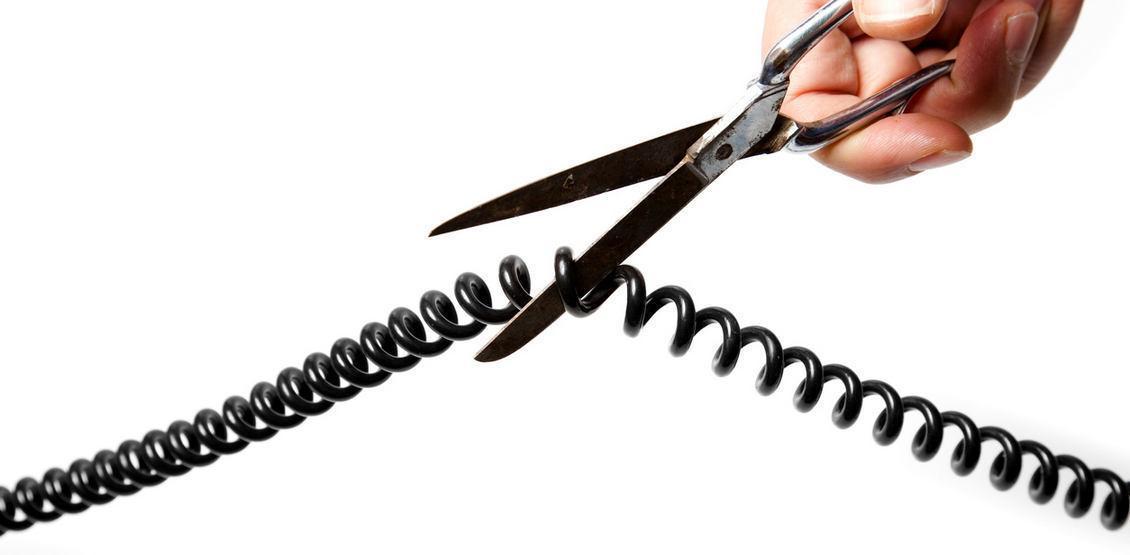The great migration from traditional landline continues. After all, nearly everyone has a cell phone, and many families have multiple cell phones. In addition to competition from wireless phones, the traditional landline also faces competition from VoIP services such as Vonage and Skype. Meanwhile, cable companies now bundle phone service into their television and Internet packages. With numerous alternatives available, the cord cutting trend appears to be stronger than ever… but is the cord really cut?
Not everyone is cutting the cord on their landline. Some have migrated their existing landline phone numbers to alternate platforms. The Centers for Disease Control and Prevention regularly tracks US phone use. While this data and other research documents the migration away from traditional landlines, other telephone validation insights suggest that the trend may have reached its peak.
For example, in the last 10 years we have found:

Not everyone migrated: 35 percent of traditional landlines have been disconnected. There are a number of reasons why subscribers might disconnect phone service including moving to a new location, death, or even a preference to simply be left alone. According to the CDC, about 3 percent of homes do not have any phone service whatsoever.

Business and homes move to cable providers: 17.6 percent now use cable carriers such as COX, Comcast, and Charter for their phone service. Cable providers regularly offer bundled packages that include high-speed Internet, cable television, and phone service — often with unlimited nationwide long distance and other advanced calling features.

About 6 percent of numbers have been ported to VOIP services like Vonage, Skype, and Google Talk: VoIP services route calls over the Internet and are generally offered at lower prices than traditional landline services. VoIP plans often include either nationwide or international long distance, making them particularly attractive to those with geographically dispersed family members or businesses with large long-distance bills.

Cutting the cord but keeping the number: Nearly 5 percent of landline numbers now directly ring to cellphones. So, while they cut the cord per se, these users have kept their original phone numbers. Local number portability rules went into effect in late 2003, helping to make this an option. The customer of record for a landline or mobile phone number has the ability to reassign the number to a different carrier. Thus, if you want to keep your landline number but cut the cord, you can port that number over to a cellphone.

No change here: About 37 percent of landline owners have kept their landlines with the original provider. That’s a hefty percentage, comparable to the number of disconnections. When looked at this way, you’ve got just over a third who have kept their landline, roughly a third who have disconnected (maybe they died or moved away?), and about a third who have officially chosen an alternative such as a cable carrier’s phone service, VoIP, or wireless. It makes you wonder, is the cord really cut?
From mobile phones, VoIP, and bundled cable phone services to plain old telephone landline service, today’s telephone subscribers have more ways than ever to connect — with or without the cord. Due to telephone number portability issues identifying phone service types is critical for establishing trust and for complying with federal laws.
Service Objects has several reverse phone lookup products that can determine a phone number’s service type (landline, VoIP or wireless) with near perfect accuracy. Contact us for details.














